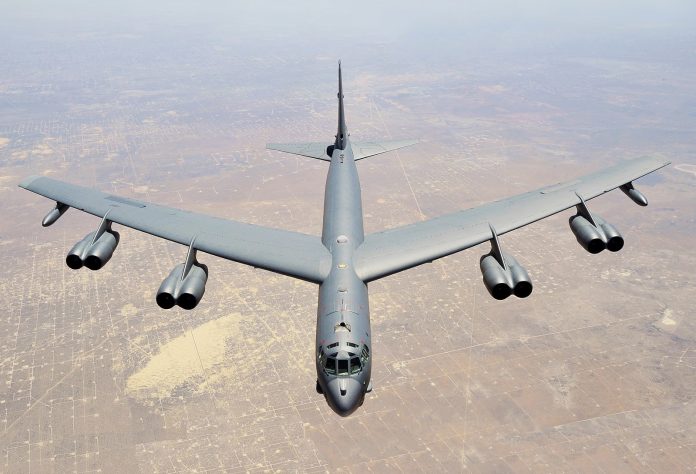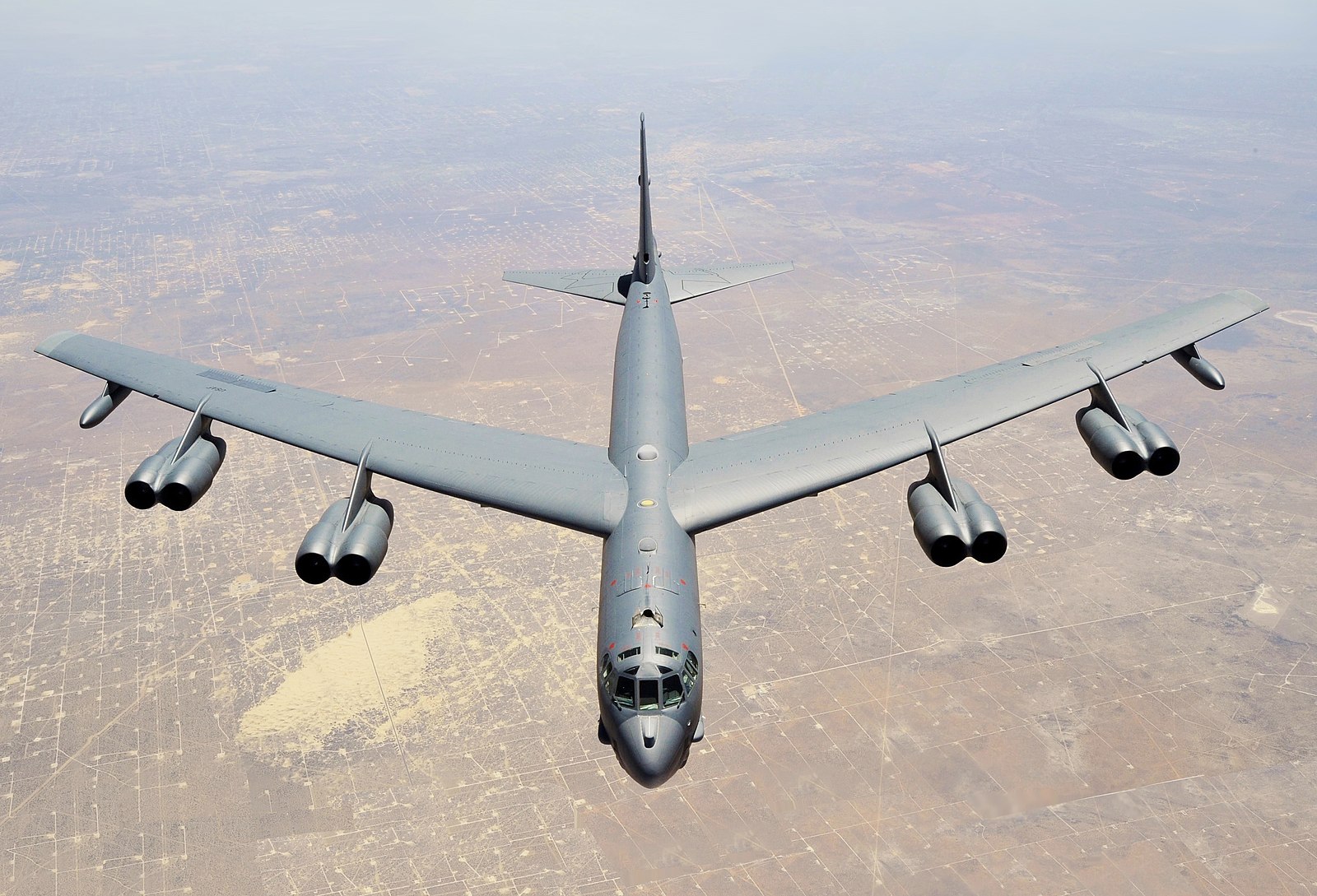
In the geopolitical maneuvering of military displays, the United States Air Force’s strategic deployment of B-52 Stratofortress bombers near Russian borders sends a clear message of deterrence and commitment to NATO allies.
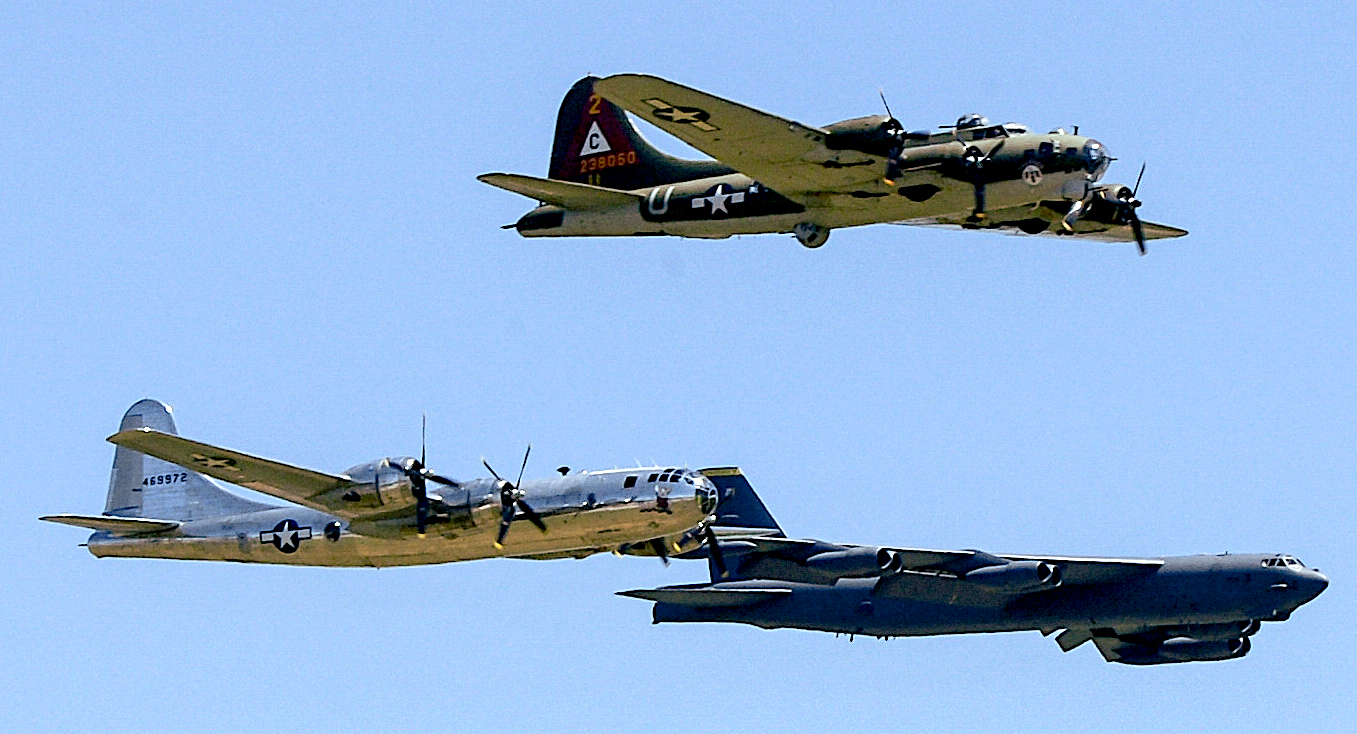
On May 28th, two B-52s flew over Eastern Europe and the Baltic Sea. Although this mission was routine, it carried significant weight amid the heightened tensions stemming from Russia’s ongoing aggression in Ukraine.

The strategic bombers, originating from RAF Fairford, U.K., were part of a bomber task force from the 5th Bomb Wing at Minot Air Force Base, N.D. Known affectionately as “BUFFs” (Big Ugly Fat Fellows), the B-52s, operating under the 69th Expeditionary Bomb Squadron, were escorted at various intervals by fighter contingents from NATO partners—specifically, Spanish F-18 Hornets, Polish MiG-29s, and German Eurofighter Typhoons.

The interoperation of these assets underscored a unified NATO front and provided an unmistakable signal of alliance cohesion and capability.
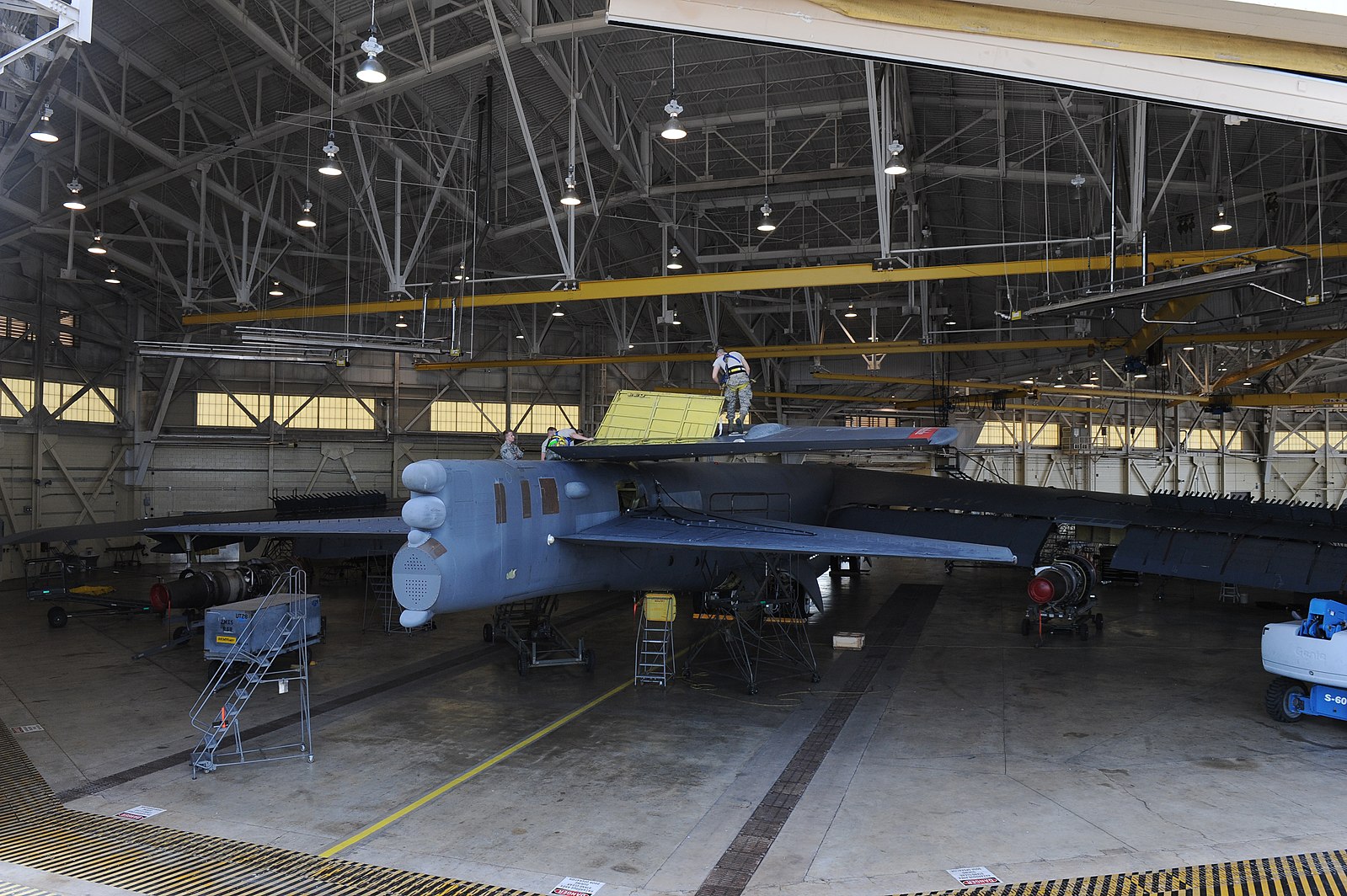
This deployment has been described by U.S. Air Forces in Europe as “a demonstration of NATO allies and partner nations’ ability to seamlessly operate together to maintain a stable and prosperous Baltic Sea region,” fulfilling a dual role of deterrence and assurance.
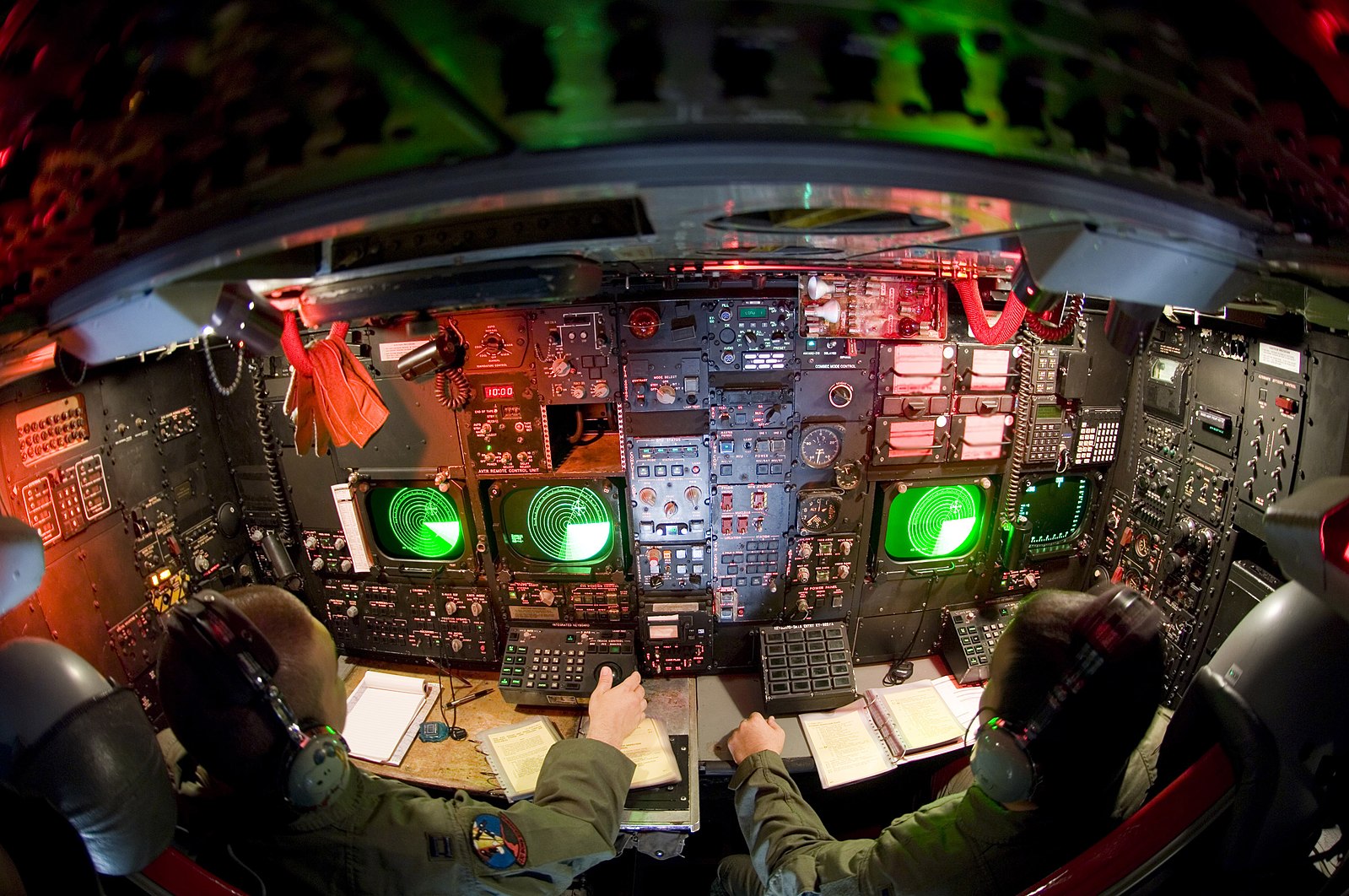
Flight tracking data revealed that the B-52s maneuvered within a strikingly close proximity—a mere few dozen kilometers—to the Russian enclave of Kaliningrad, before looping back on their mission path to the United Kingdom.

The B-52 Stratofortress, a product of Cold War-era strategic needs, has demonstrated remarkable resilience and adaptability, remaining a central pillar of America’s aerial might well into the 21st century.

The aircraft, with a prodigious service record starting from 1961, boasts a considerable payload capacity of up to 70,000 pounds of munitions, both conventional and nuclear, and has an operational range nearing 9,000 miles without the need for aerial refueling. It is a versatile platform capable of executing a variety of missions including strategic attack, close air support, and maritime operations.

The continued relevance of the B-52 is evidenced by its enduring presence in the U.S. Air Force’s arsenal, with current plans projecting its service well into the 2050s.
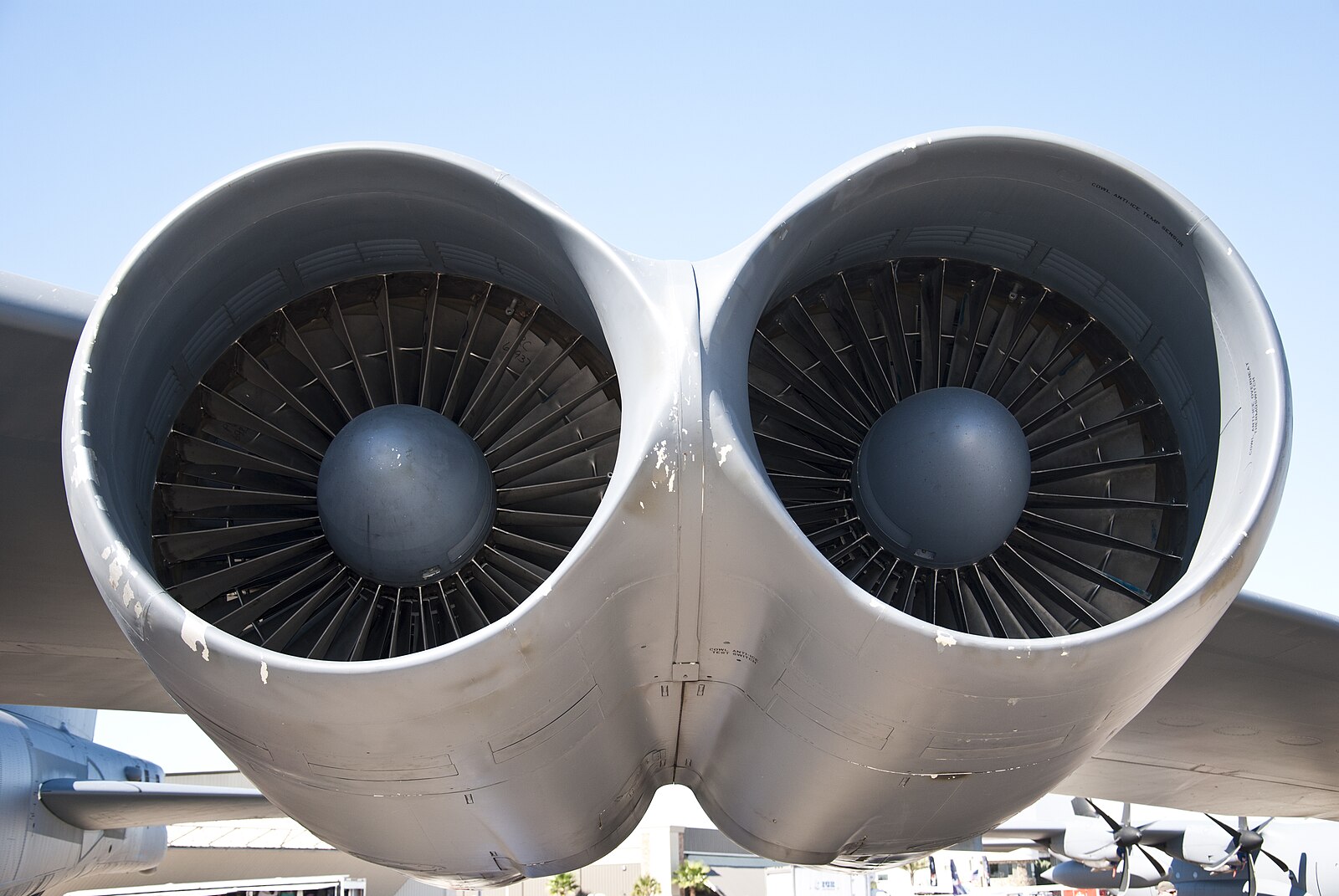
Despite lacking the stealth features of newer aircraft, the B-52 compensates with advanced targeting systems and a robust suite of sensors enhancing its combat effectiveness.
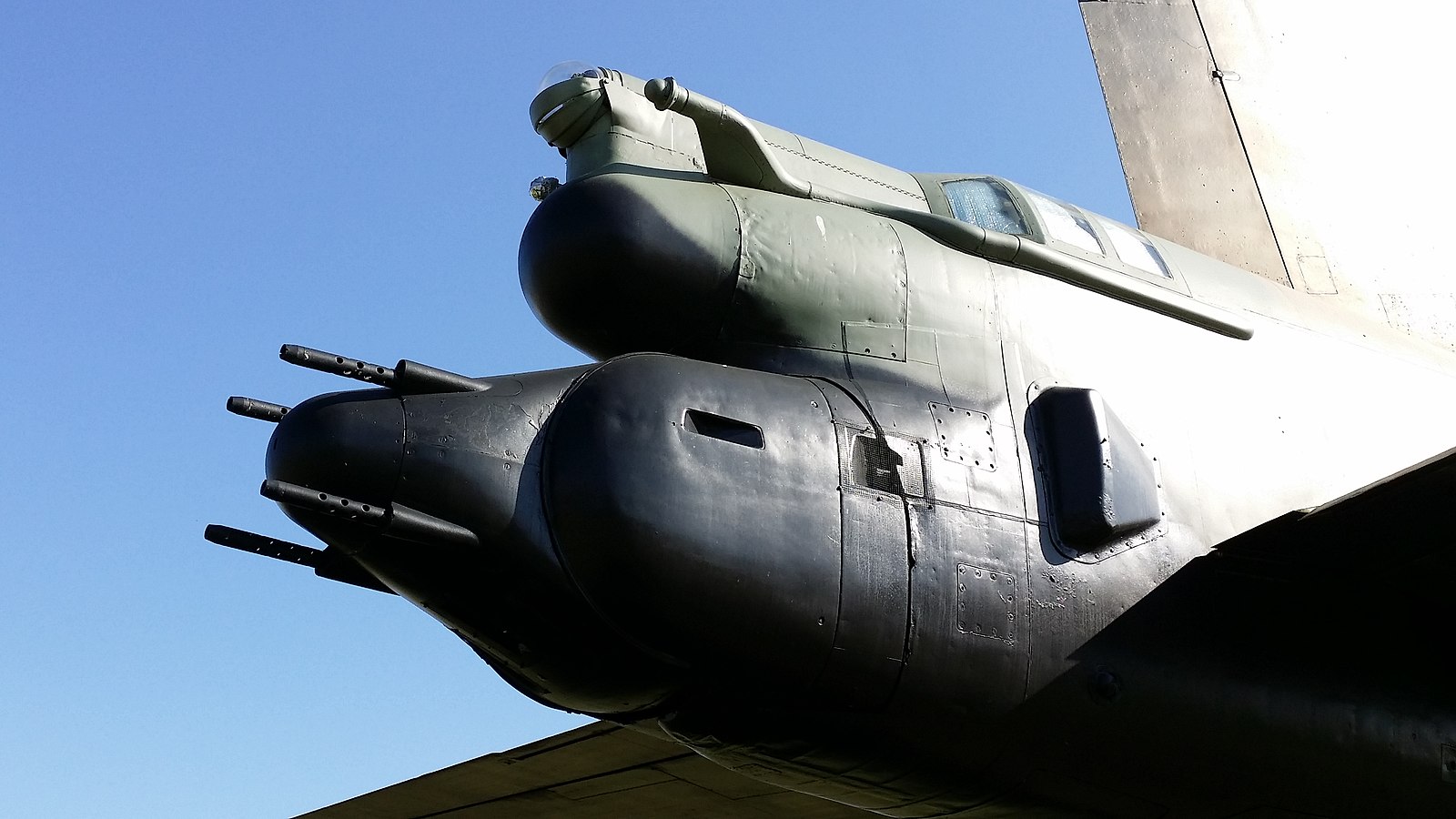
Amidst a theater rife with uncertainty and apprehension, especially given the Russian invasion of Ukraine, these air operations serve a potent strategic purpose.
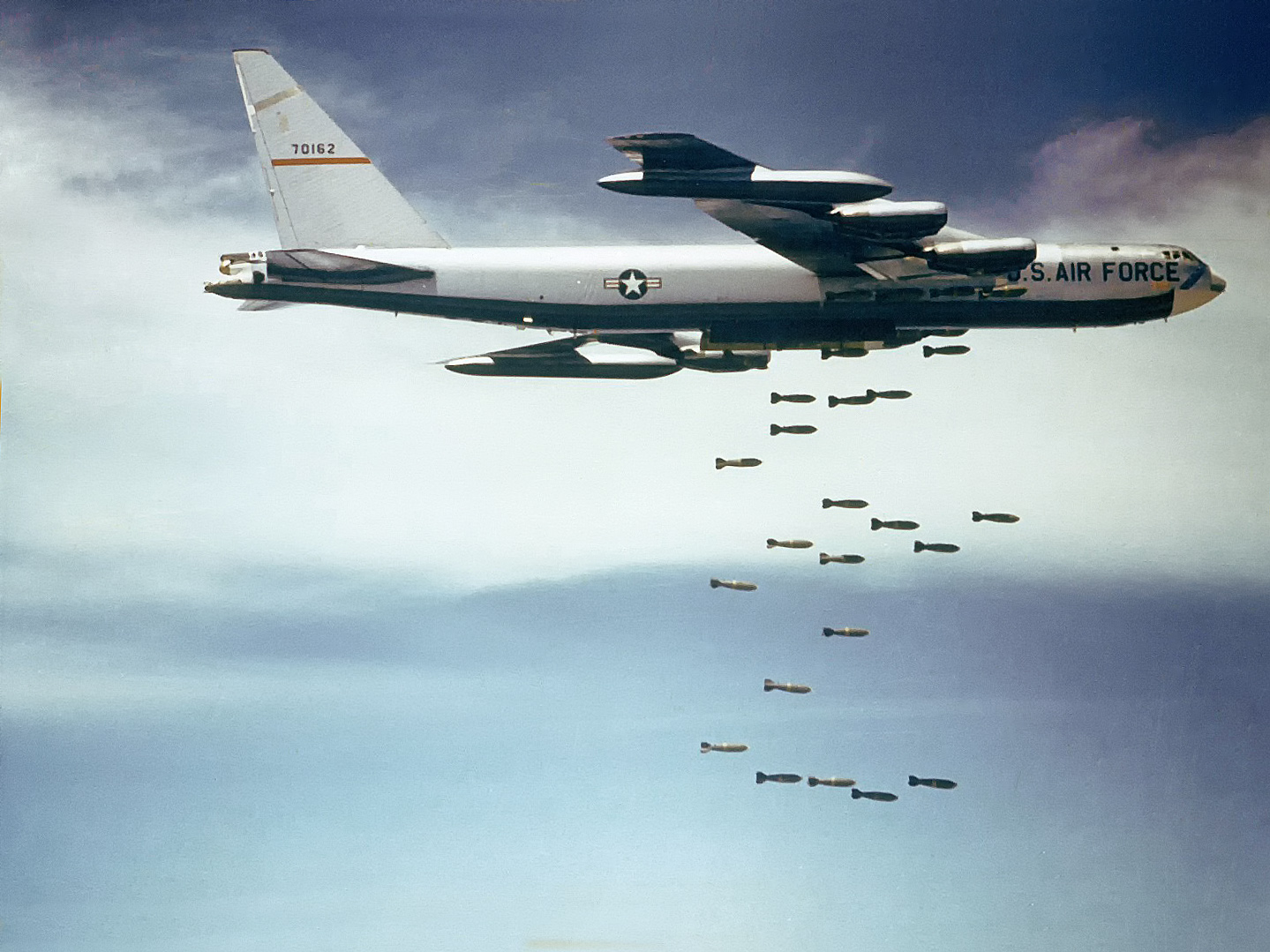
They reassure Eastern European NATO members, some of whom face the Russian threat at their very doorsteps, of the alliance’s commitment to collective security. The subtext to Russia is equally unambiguous: any potential aggression would be met with formidable opposition.
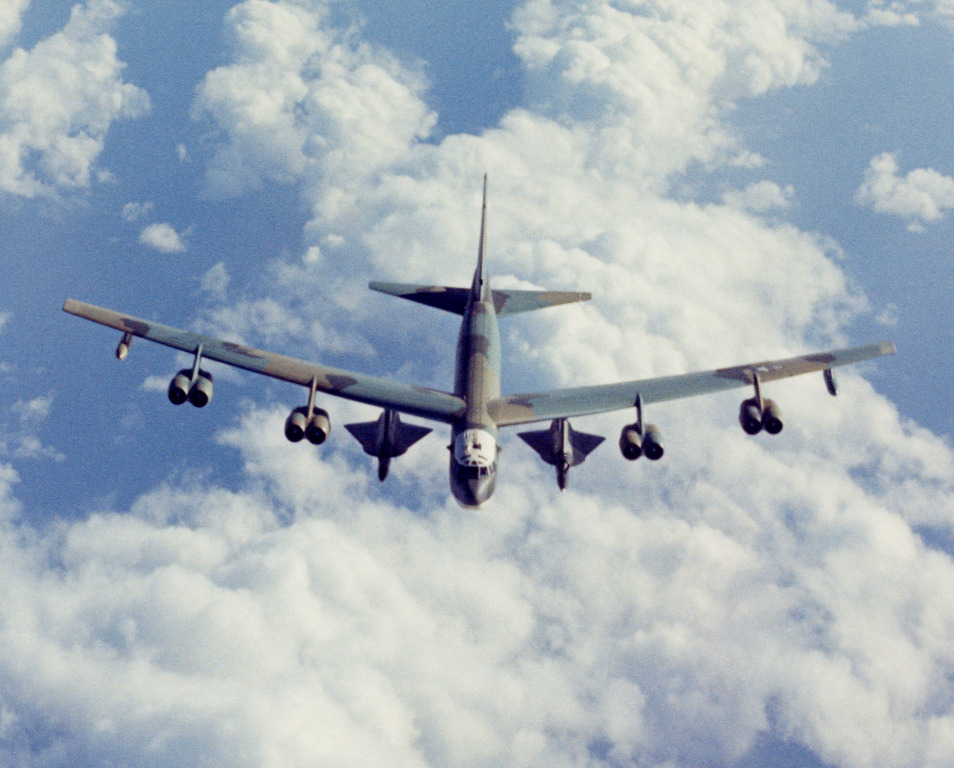
Moreover, the versatility of the B-52s, their ability to interface seamlessly with various NATO fighter aircraft, and their demonstration of power near Russia’s borders are reflective of a broader strategic calculus.
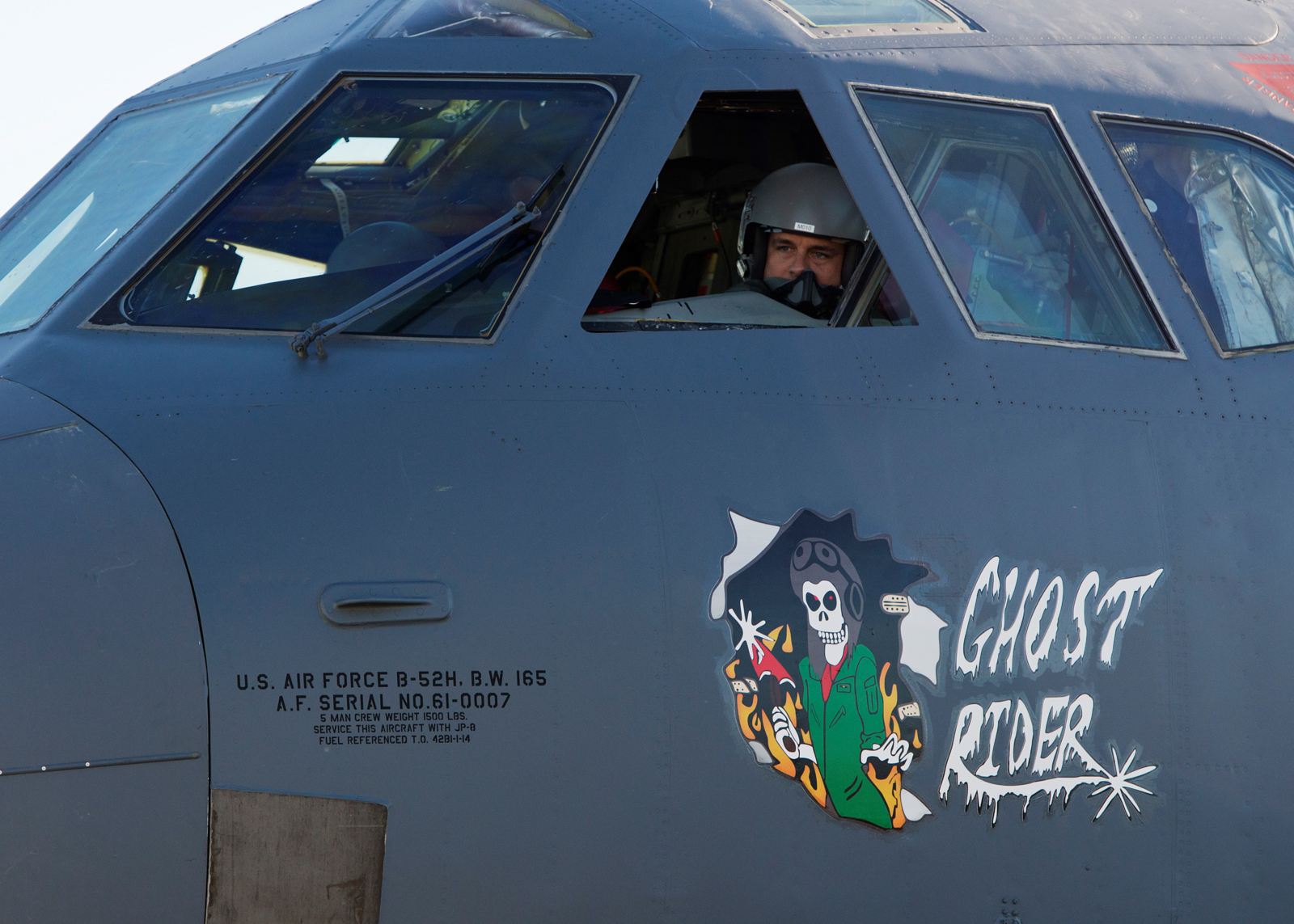
It illustrates the United States’ readiness to leverage its air power legacy to send a clear message of deterrence, even as it underscores the necessity for NATO to maintain a credible and flexible deterrent force in a rapidly evolving security environment.
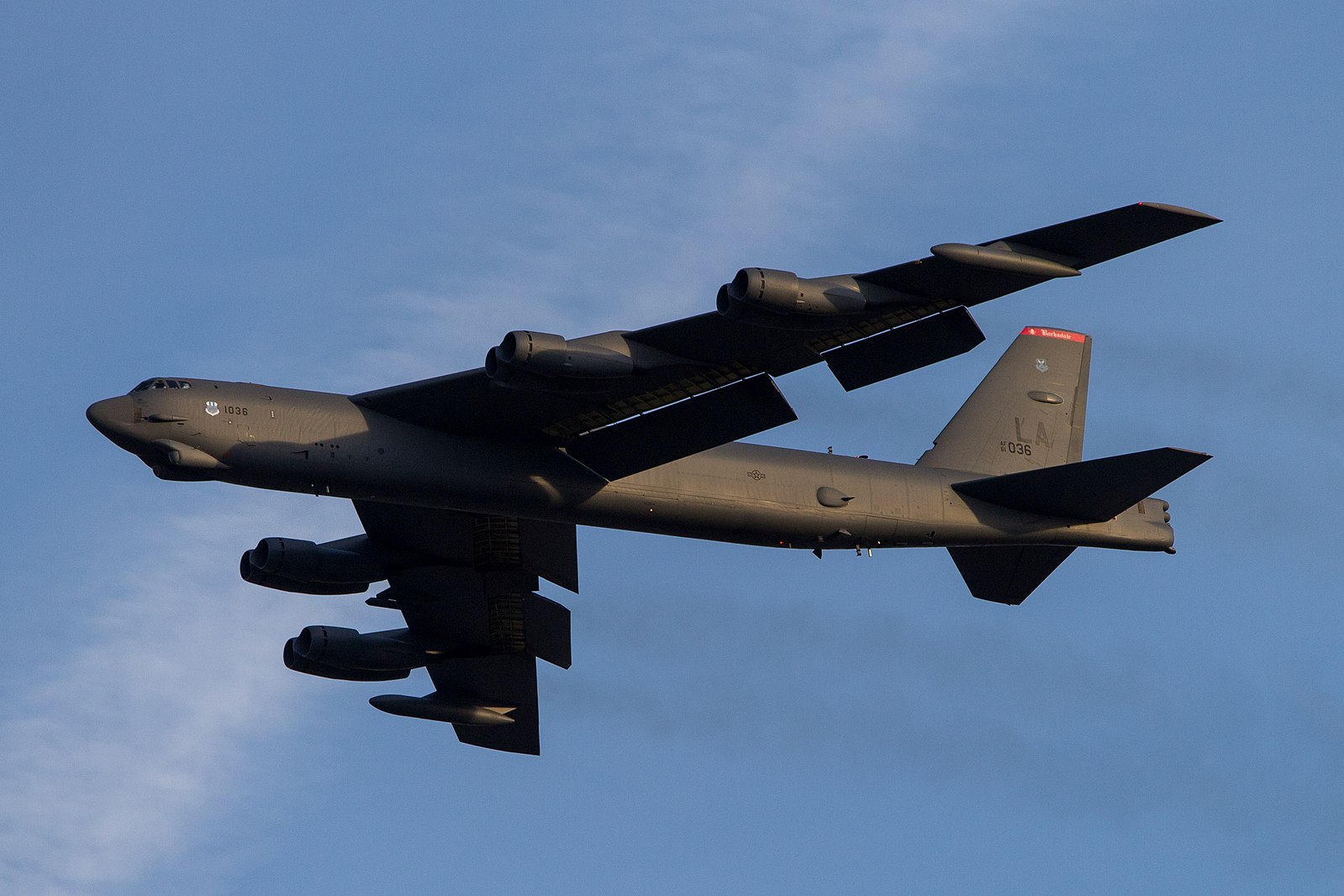
In closing, the storied B-52 continues to assert its relevance not just as a warfighting machine, but as a diplomatic instrument, its very presence a communication of American resolve and a reiteration of its assurance to allies.
Relevant articles:
– Air Force B-52 Bombers are Now Flying Close to Russia’s Borders , National Intererst, 05/31/2024
– USAF B-52 Bombers Fly Over Baltics Near Russian Territory, Air & Space Forces Magazine, 05/30/2024
– The Air Force’s B-52 Stratofortress Bomber ‘Nightmare’ Is Real, The National Interest Online, 05/31/2024
– First F-16 fighter jets from the West will arrive in Ukraine in weeks, top military source says, Yahoo News UK, 05/29/2024
